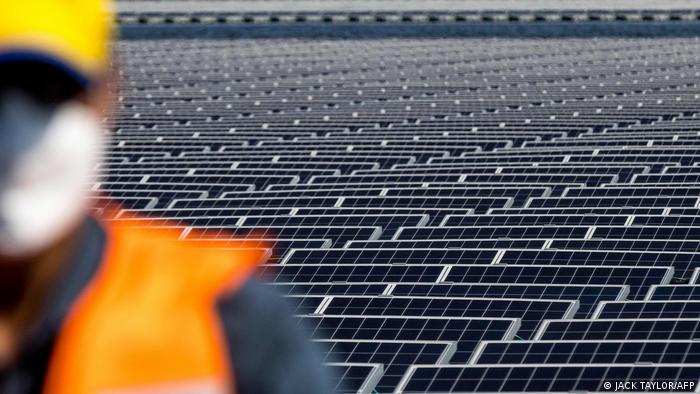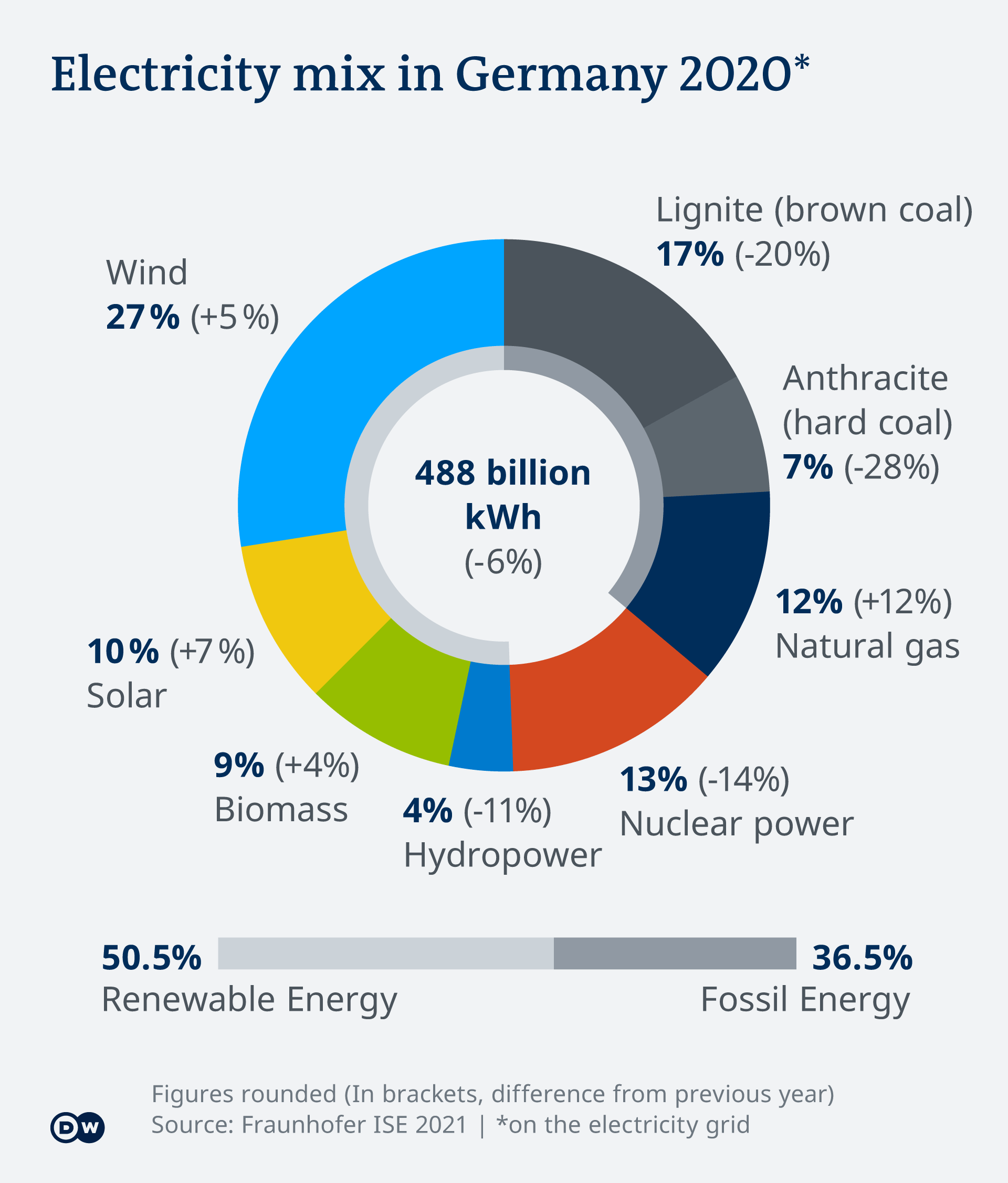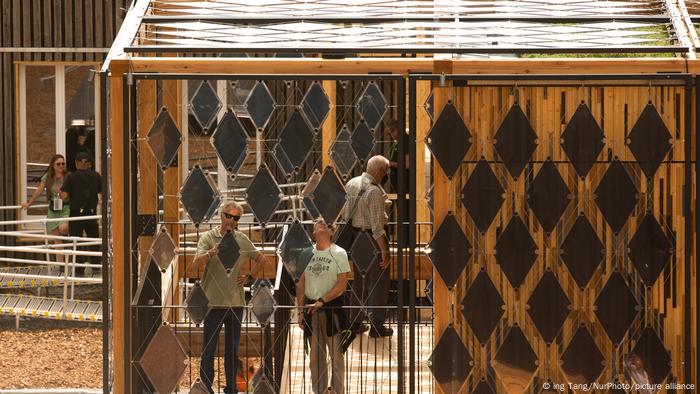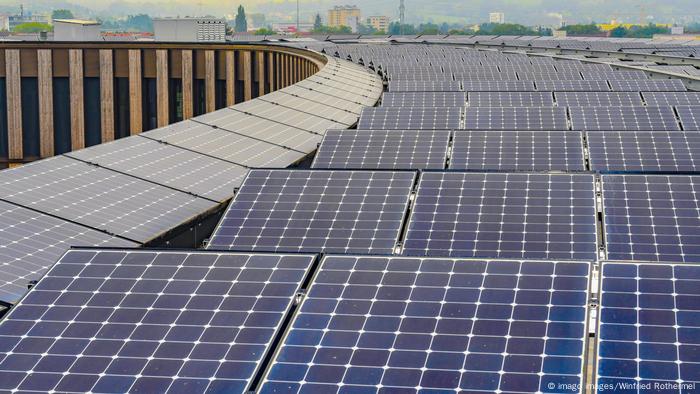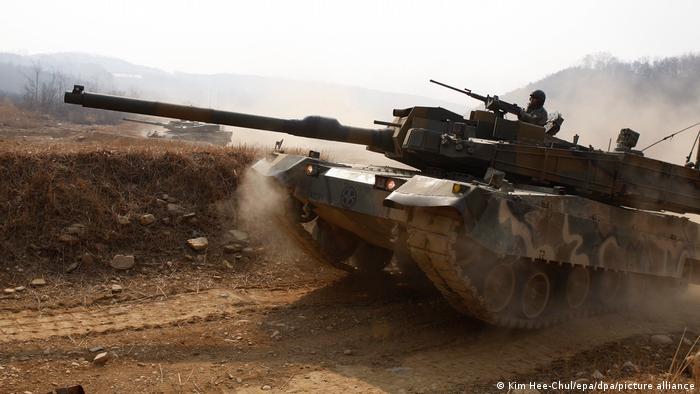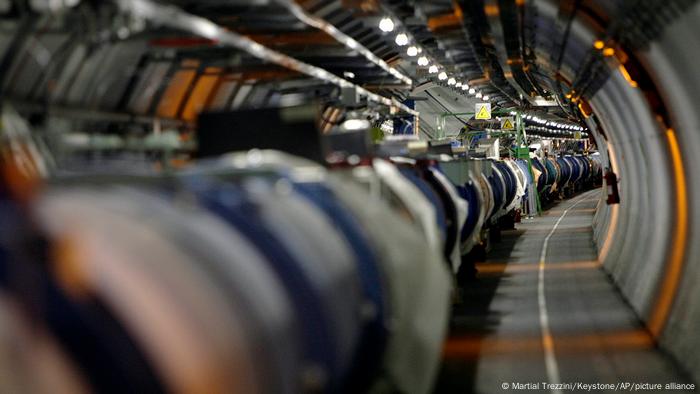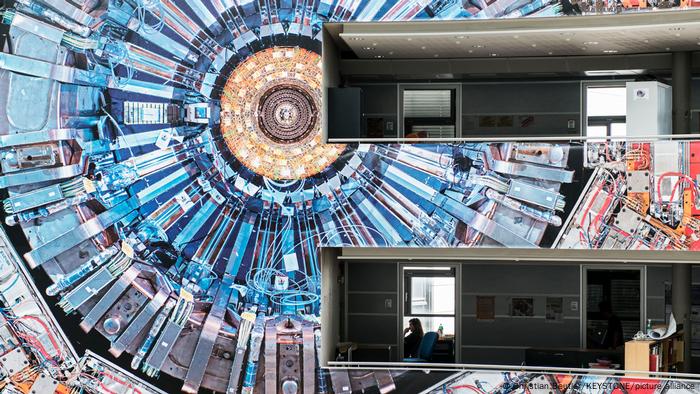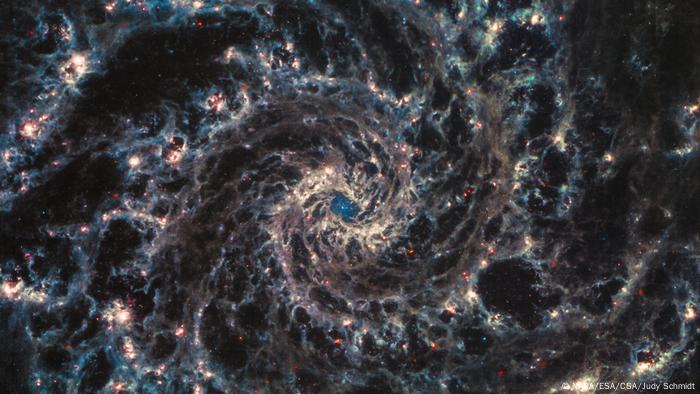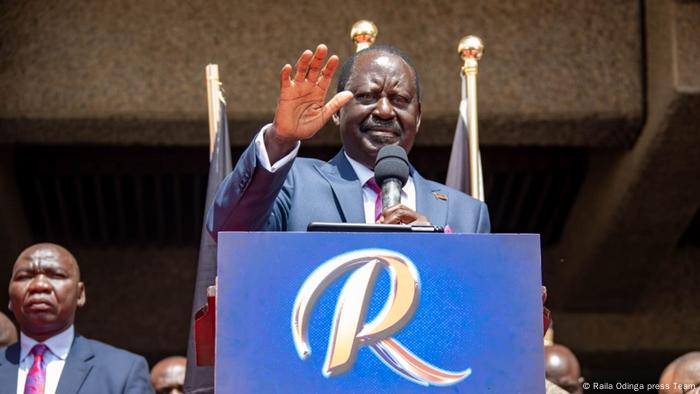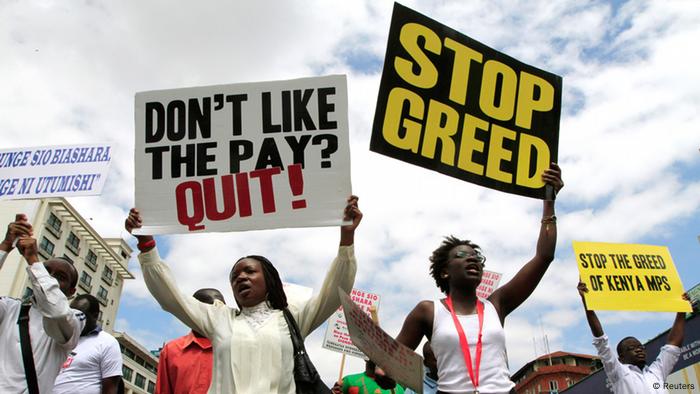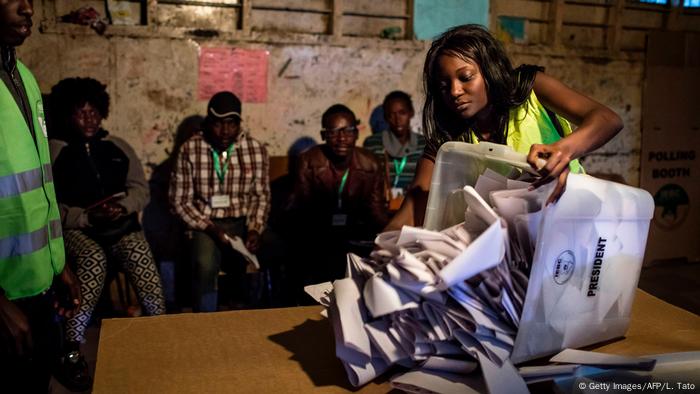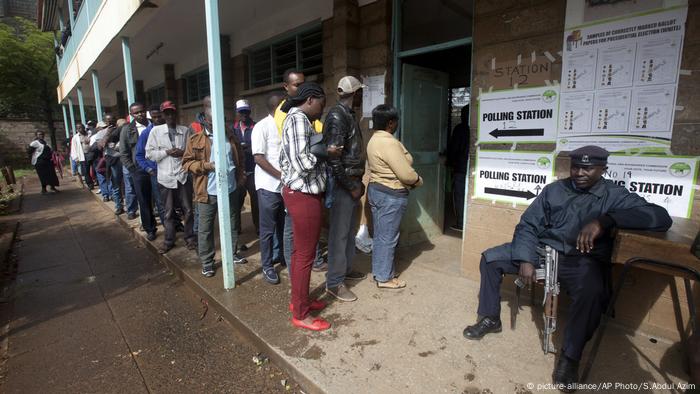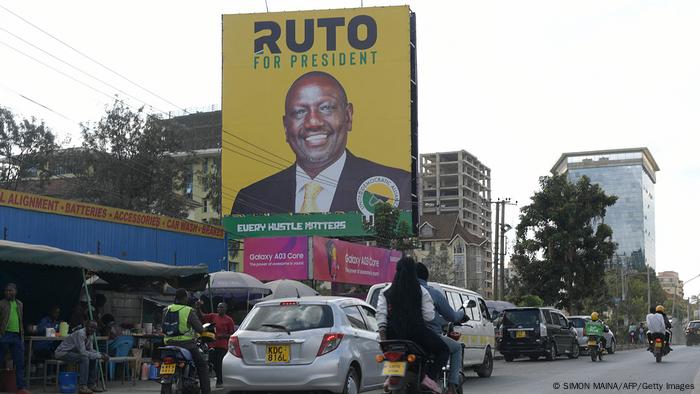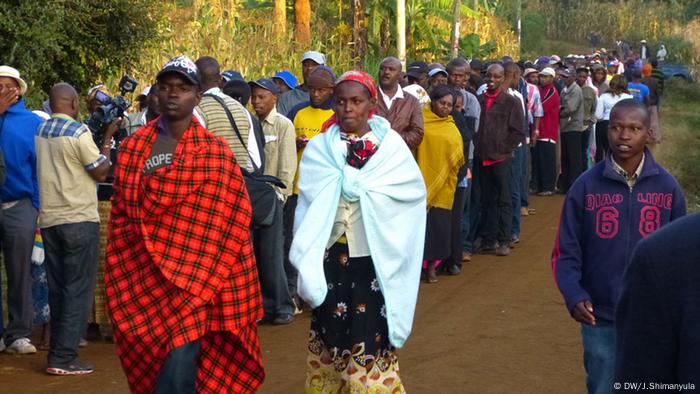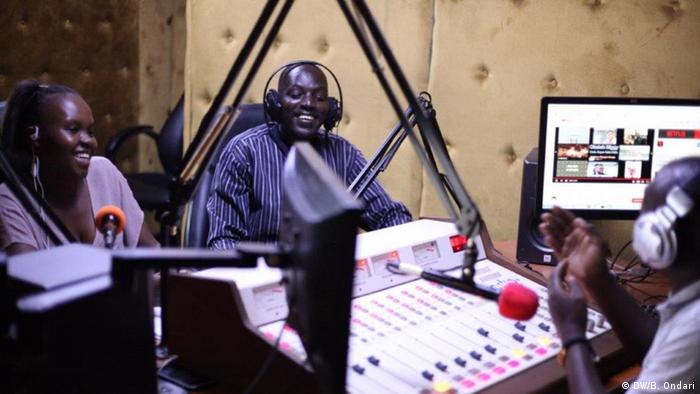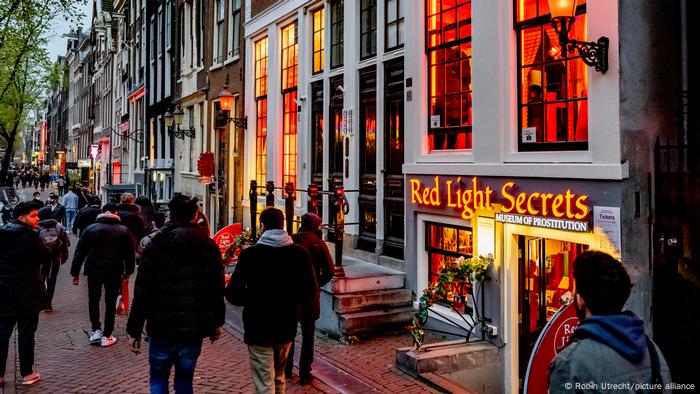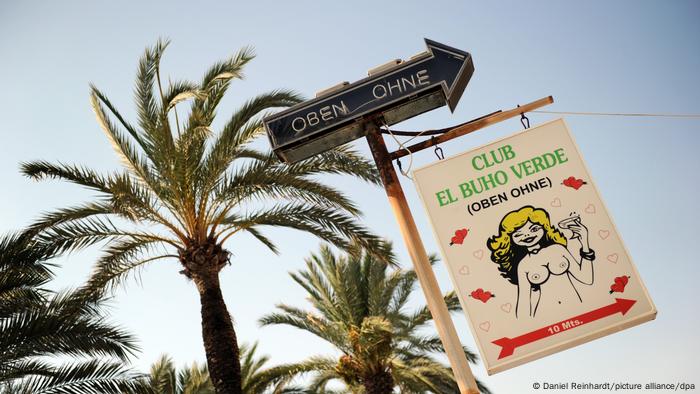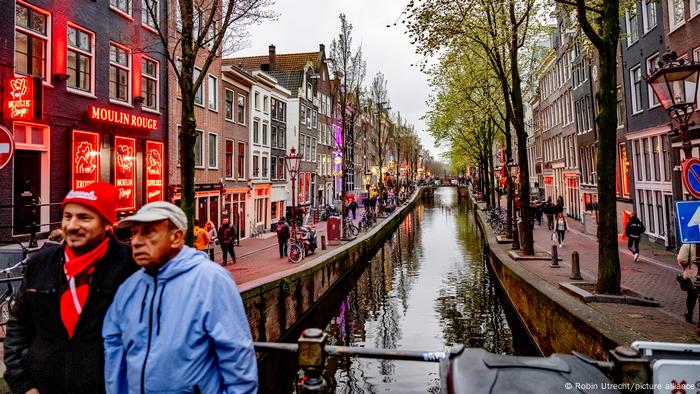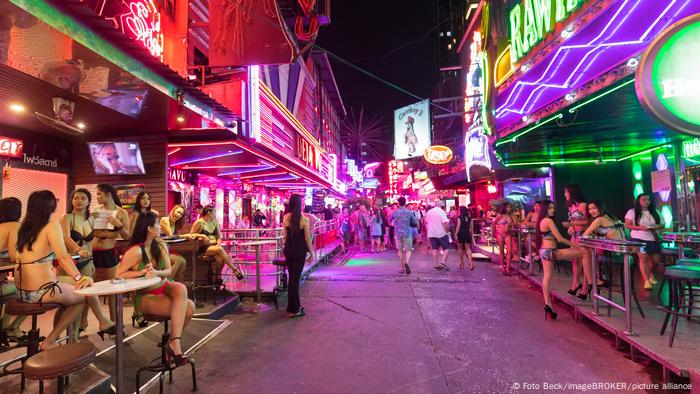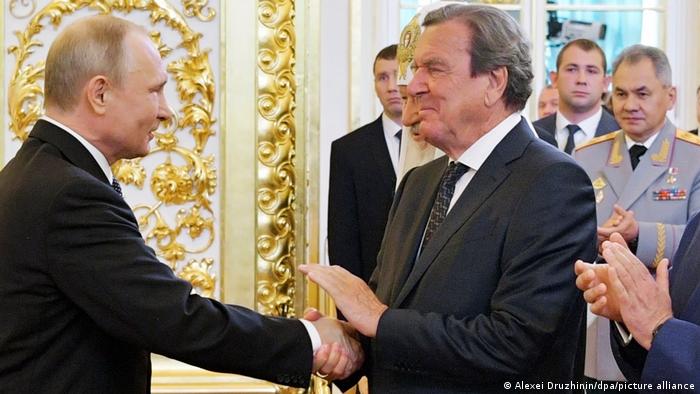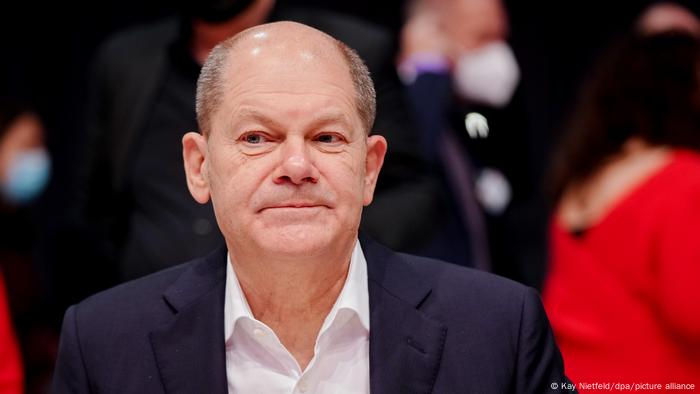How much does Taiwan depend on China?
Beijing's military threats against Taiwan after Nancy Pelosi's visit are unprecedented. For the time being, however, not much will likely change as neither country can do without the other as a trading partner.
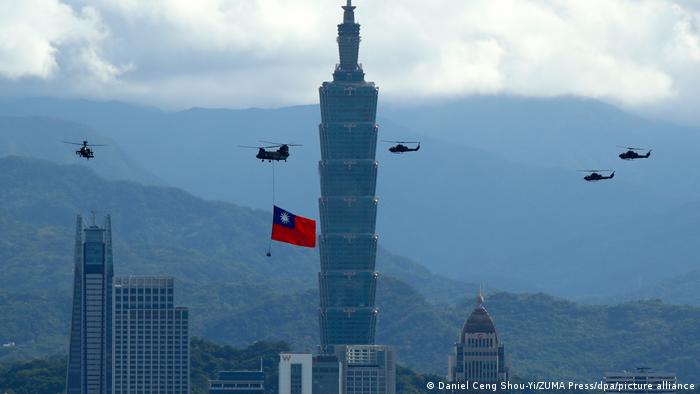
Taiwan has so far defied all Chinese attempts to make the self-governing island
part of the Communist People's Republic
China is flexing its muscles against Taiwan. The leadership in Beijing reacted to the visit of US House of Representatives Speaker Nancy Pelosi to Taiwan with military maneuvers and missile launches.
Now China has imposed sanctions on the self-governing island. Initially only citrus fruits, mackerel fillets and other fish products were affected. Even before Pelosi's visit, Beijing stopped imports from more than a hundred Taiwanese food producers.
In addition, Taiwan can no longer import sand from China that the construction industry depends on. Later, China even imposed sanctions on Pelosi herself. One important industry was left out of the fray: electronics such as microchips or optical components, which China's economy cannot afford to go without. How integrated are the two economies?
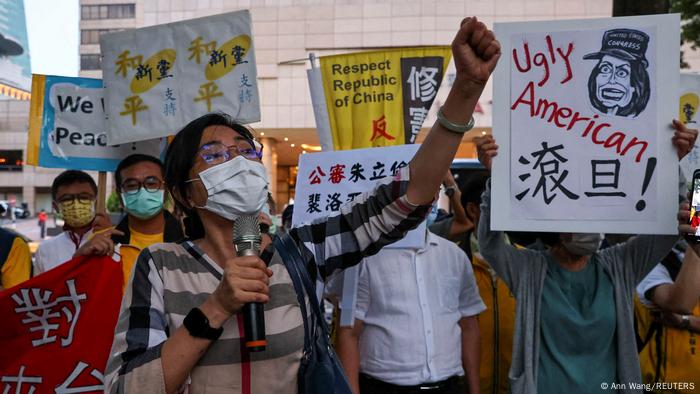
Nancy Pelosi's visit has angered not only China but some Taiwanese citizens, too
A powerhouse off China's coast
Taiwan is slightly bigger than the US state of Maryland, or about half the size of Scotland, and has a population of 23 million, which is just over a quarter of Germany's population. And similar to Germany, Taiwan is known around the world for its industrial manufactured goods.
Its highly developed semiconductor industry is as important for Taiwan as the automotive industry is for the German economy. And a comparison with Germany shows how dependent Taiwan is on exports. Around 70% of Taiwan's economic output is attributable to its exports, in Germany it was 47% in 2021.
But, while the 2021 gross domestic product (GDP) per capita in China was $12,259, in Taiwan it was almost three times as high, at $33,775, according to data from the International Monetary Fund.
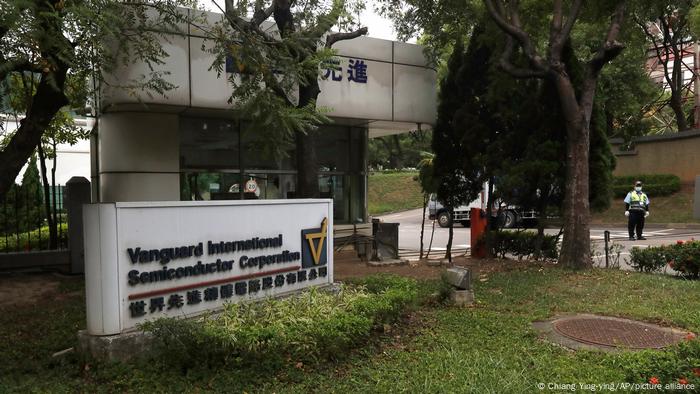
Industrial parks such as the one in Hsinchu are hubs of research and technological know-how
Trading the mass-produced for semiconductors
Overall, China is Taiwan's most important trading partner, followed by the United States. More than 42% of Taiwan's exports go to China, from where Taiwan gets around 22% of its imports. In 2020, goods and services worth $166 billion were exchanged between the two countries.
Taiwan is also among the top investors on the mainland. According to the government in Taipei, between 1991 and the end of May 2021, Taiwanese companies invested around $194 billion in a total of 44,577 Chinese projects. Chipmaker Foxconn's factories are one of the best known examples. The contract manufacturer makes iPhones for Apple, Galaxy smartphones for Samsung and game consoles for Sony in plants throughout China.
And the fact that semiconductors and other IT technology account for more than half of all Taiwan's exports shows how important the country is to the rest of the world, including China.
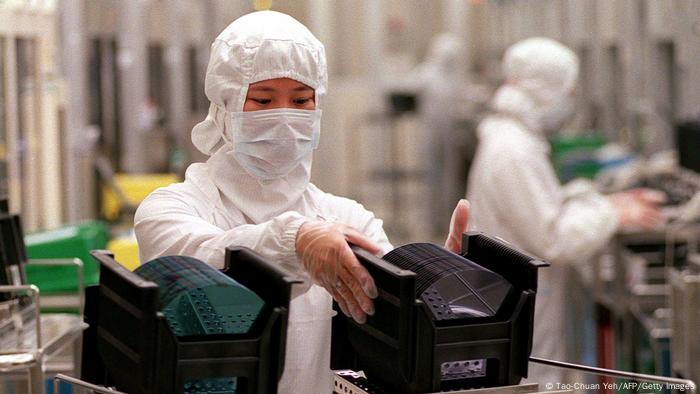
Taiwan's chipmaking giants such as TSMC still maintain a technological edge over their Chinese rivals
Put simply: China supplies key raw materials such as rare earths and low-end mass-produced electronic components, while Taiwan exports high-end semiconductors and optical components to the mainland to make up for China's lack of know-how.
China's central goal is to achieve the ability to produce high-end chips. Party leaders have repeatedly emphasized this in programs such as "Made in China 2025." So far, however, they have not been able to catch up.
Is an invasion eminent?
Once that goal is reached, though, some experts believe that things could get difficult for Taiwan. Chinese leader Xi Jinping could finally act on reunifying the island with the mainland. China has repeatedly stated its goal of uniting Taiwan with the mainland by the centenary of the founding of the People's Republic in 2049 at the latest, if necessary with force.
But it will probably happen much earlier, Roderich Kiesewetter said. The security expert is chairman of the Foreign Affairs Committee in the German parliament, the Bundestag, and deputy chairman of the Parliamentary Oversight Panel, which is responsible for monitoring the German intelligence agency.
Kiesewetter made his opinion clear in a recent TV interview. "Until now, our parameters were such that we said: If China is able to produce semiconductors with the same precision, speed and quantity — and that probably wouldn't be until 2027 — then an attack is likely," he said. "But there are schools of thought in China that say: Right now, the West is very occupied by the war against Russia and supporting Ukraine."
According to Beijing, the Americans do not have the strength to fight two wars on two fronts. Still Kiesewetter believes China is not ready for an invasion. However, there are warning signs. "We have to prepare for an escalation more quickly, but not in the next few months," he said.
Business is China's first priority
Kishore Mahbubani said it was clear that China would assert its interests in an increasingly ruthless manner in the future. His book "Has China Won?" explores what will happen when China surpasses the US as the world's largest economy.
Mahbubani does not believe that Beijing will use military force to take over Taiwan just yet. The Chinese are much more interested in business than in ideologies. For the decision-makers in Beijing, the risks clearly outweigh the opportunities, the Singaporean political scientist, diplomat and former president of the UN Security Council, emphasized in an interview with Bloomberg TV.
Chinese officials don't think in terms of years, Mahbubani said: They think in terms of decades. The Chinese are making sure that they have a bigger economy than the United States — and they will remember everything that happened in the past. "That's when all the real retaliation, the real responses will come," he said. "When China eventually becomes the No. 1 economy in the world."
This article was originally written in German
